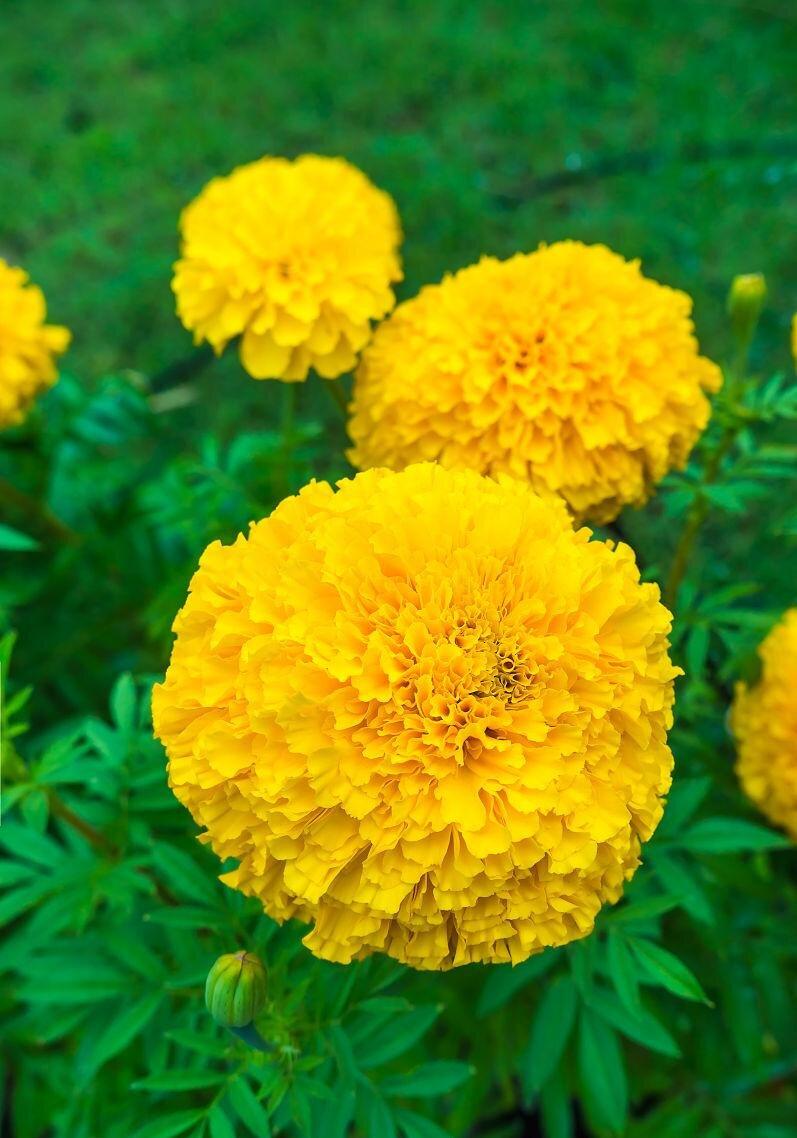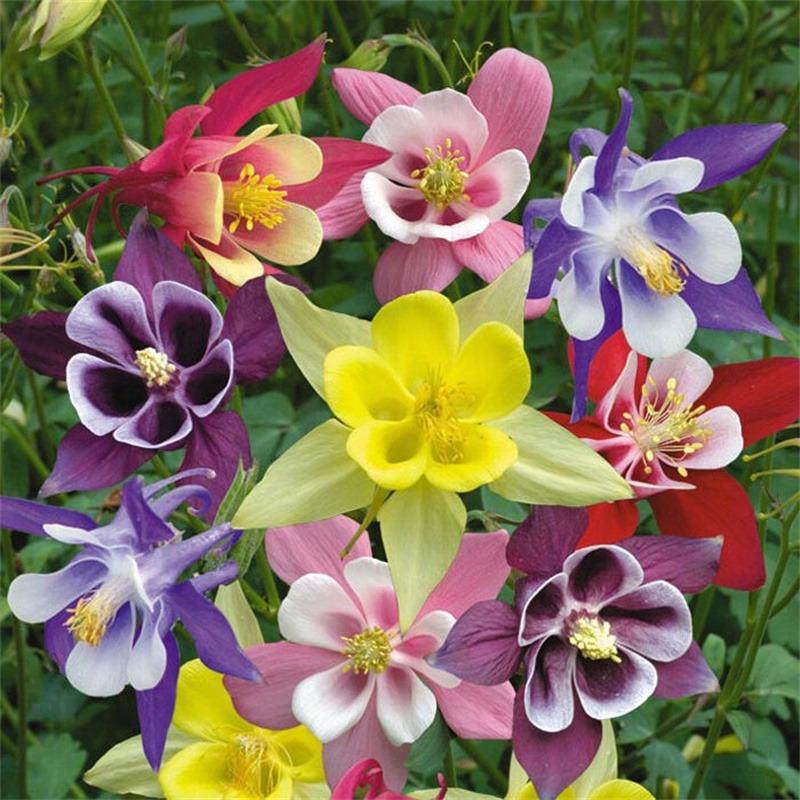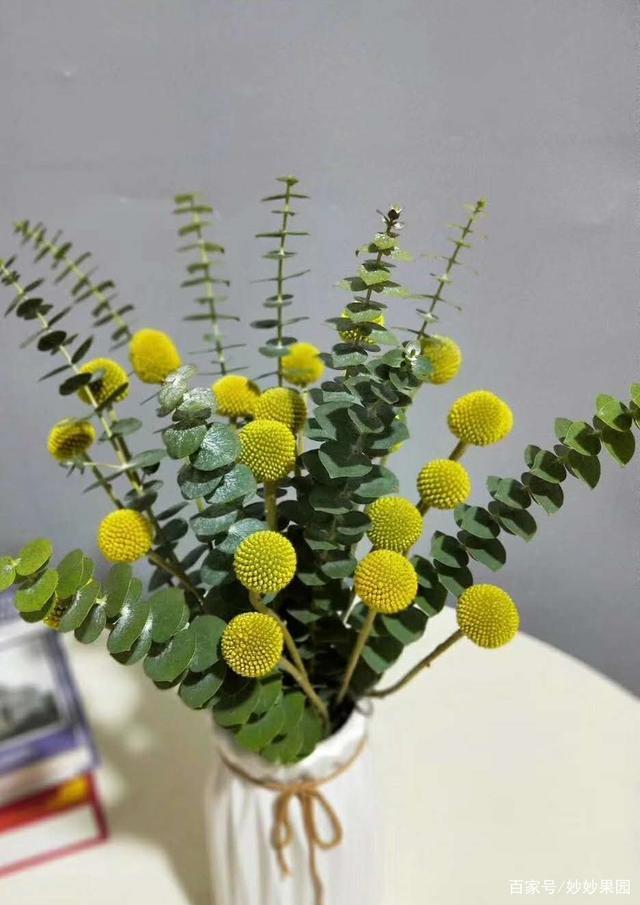Cephalotaceae is an intriguing family of pitcher plants native to Western Australia. These fascinating carnivorous plants have an interesting story behind their discovery. In 1879, a botanist named Ferdinand von Mueller first identified and described the cephalotus follicularis species, commonly known as the Albany pitcher plant.
After its discovery, the Albany pitcher plant gained popularity among plant enthusiasts due to its unique appearance and intricate pitcher-shaped leaves. These leaves act as traps, luring and capturing small insects that fall into their liquid-filled reservoirs. The plants then extract nutrients from the trapped prey to supplement their nutrient-poor habitats.
What makes Cephalotaceae even more remarkable is its limited distribution. Albany pitcher plants are only found in a small region surrounding Albany, Western Australia, making them a rare sight for botanists and nature enthusiasts alike. This exclusivity adds to their allure and further highlights their unique ecological niche.
The captivating story of Cephalotaceae unveils nature’s remarkable adaptations and provides valuable insights into the diversity and survival strategies of plants in challenging environments.
Plant some seeds now!
Short Description
Cephalotus (/ˌsɛfəˈloʊtəs/ or /ˌkɛfəˈloʊtəs/; Greek: κεφαλή “head”, and οὔς/ὠτός “ear”, to describe the head of the anthers) is a genus which contains one species, Cephalotus follicularis the Albany pitcher plant, a small carnivorous pitcher plant. The pit-fall traps of the modified leaves have inspired the common names for this plant, which include ‘Albany pitcher plant”, “Western Australian pitcher plant”, “Australian pitcher plant”, or “fly-catcher plant.” It is an evergreen herb that is endemic to peaty swamps in the southwestern corner of Western Australia.
Description
Cephalotus follicularis is a small, low growing, herbaceous species. Evergreen leaves appear from underground rhizomes, are simple with an entire leaf blade, and lie close to the ground. The insectivorous leaves are small and have the appearance of moccasins, forming the ‘pitcher’ of the common name. The pitchers develop a dark red colour in high light levels but stay green in shadier conditions. The foliage is a basal arrangement that is closely arranged with outward facing adapted leaf blades. These leaves give the main form of the species a height around 20 cm.
The ‘pitcher’ trap of the species is similar to other pitcher plants. The peristome at the entrance of the trap has a spiked arrangement that allows the prey to enter, but hinders its escape. The lid over the entrance, the operculum, prevents rainwater entering the pitcher and thus diluting the digestive enzymes inside. Insects trapped in this digestive fluid are consumed by the plant. The operculum has translucent cells which confuse its insect prey as they appear to be patches of sky.
Cultivation
Cephalotus follicularis: a young plant of about 2–3 years, grown in cultivation
Cephalotus are cultivated worldwide. In the wild, they prefer warm day-time temperatures of up to 25 degrees Celsius during the growing season, coupled with cool night-time temperatures. It is commonly grown in a mixture of sphagnum peat moss, perlite, and sand, a reasonable humidity (60–80%) is also preferred. It is successfully propagated from root and leaf cuttings, usually non-carnivorous leaves although pitchers can also be used. A dormancy period is probably crucial to long-term health of the plant.
The plants become colourful and grow vigorously when kept in direct sunlight, while plants cultivated in bright shade remain green.
Living plants were delivered to Kew Gardens by Phillip Parker King in 1823. A specimen flowered in 1827 and provided one source for an illustration in Curtis’s Botanical Magazine.
This plant is a recipient of the Royal Horticultural Society’s Award of Garden Merit.
Inflorescence of Cephalotus follicularis in cultivation.
There are several dozen Cephalotus clones that exist in cultivation; nine have been officially registered as cultivars. One of the most well-known is ‘Eden Black’, a cultivar with unusually dark-coloured pitchers.



